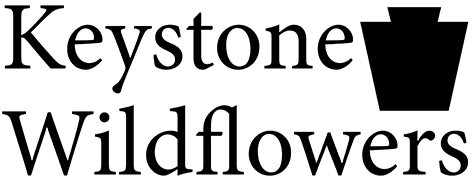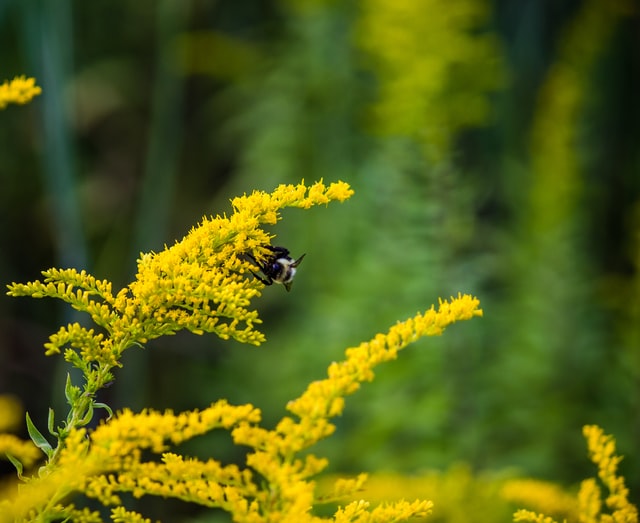Get ready to toast to bees, butterflies, hummingbirds, moths, beetles, flies (yes, flies), and bats! From June 22 to 28, National Pollinator Week is the perfect time to celebrate these hard-working animals. Pollinators provide a service vital to the maintenance of our plant communities.
Did you know, in their 1996 book, “The Forgotten Pollinators,” Buchmann and Nabhan estimated animal pollinators account for the reproduction of 90% of flowering plants and one-third of human food crops? Hard-working pollinators, like hummingbirds, bats, bees, beetles, butterflies, and flies, carry pollen from one plant to another as they collect nectar. Without them, most plants can’t produce seeds and fruit. As you may know, fruits and seeds are an essential food source for people and wildlife.
Pollinators are considered to be in a state of decline due to habitat loss and degradation, and they need our help. The decline in pollinator health is a threat to biodiversity, global food webs, and human health. Pollination may be less resistant to extinction in the future.
How can you help? By planting a pollinator garden. To be considered a pollinator garden, your garden should include: various nectar-producing flowers, a shelter for pollinators, avoid pesticides, and place similar flowers close together. Here’s why these points matter:
- Choose plants flowering at different times of the year. A variety of plants ensure nectar and pollen are available throughout the entire growing season.
- Plant in clumps. We recommend groups of at least three plants. A grouping of plants has a better chance of attracting pollinators than a single plant. If a pollinator can visit the same type of plant, again and again, it doesn’t have to relearn how to enter the flower. Instead of wasting pollen on unreceptive flowers, the pollinator can transfer pollen to the same species.
- Diversify your garden’s colors and shapes. Mixing a variety of flower colors and shapes can attract different pollinators. For example, scarlet, orange, red, or white-colored flowers with large, funnel-like shapes appeal to hummingbirds. Also, be sure to consider various heights for establishing pollinator shelter from weather and predators.
- Choose native plants. Planting native plants should be a given as Keystone Wildflowers only sells native plants. Native plants attract more native pollinators. Natives also serve as larval host plants for certain pollinator species. Host plants provide food and shelter for larval development.
- Tolerate a little mess. Resist the urge to maintain a manicured lawn and garden. Leave dead snags and leaf litter for insects. Offer some bare dirt for ground-nesting bees and minimize tillage.
- Minimize or eliminate pesticide use. Pesticides are generally toxic to pollinators. We always caution against pesticides. However, if you decide to use them, be sure to apply pesticides only for problematic target species.
If we do not protect pollinator habitats and create new habitats, the lack of pollination will significantly impact humans. A pollinator garden is an excellent way to protect pollinators so they can continue to pollinate plants around the world. For more information about pollinator gardens and selecting plants, please contact Keystone Wildflowers.
Pollinator Week was created by the Pollinator Partnership and designated by the U.S. Senate in 2007. The mission is to celebrate and promote the health of pollinators through conservation, education, and research.


